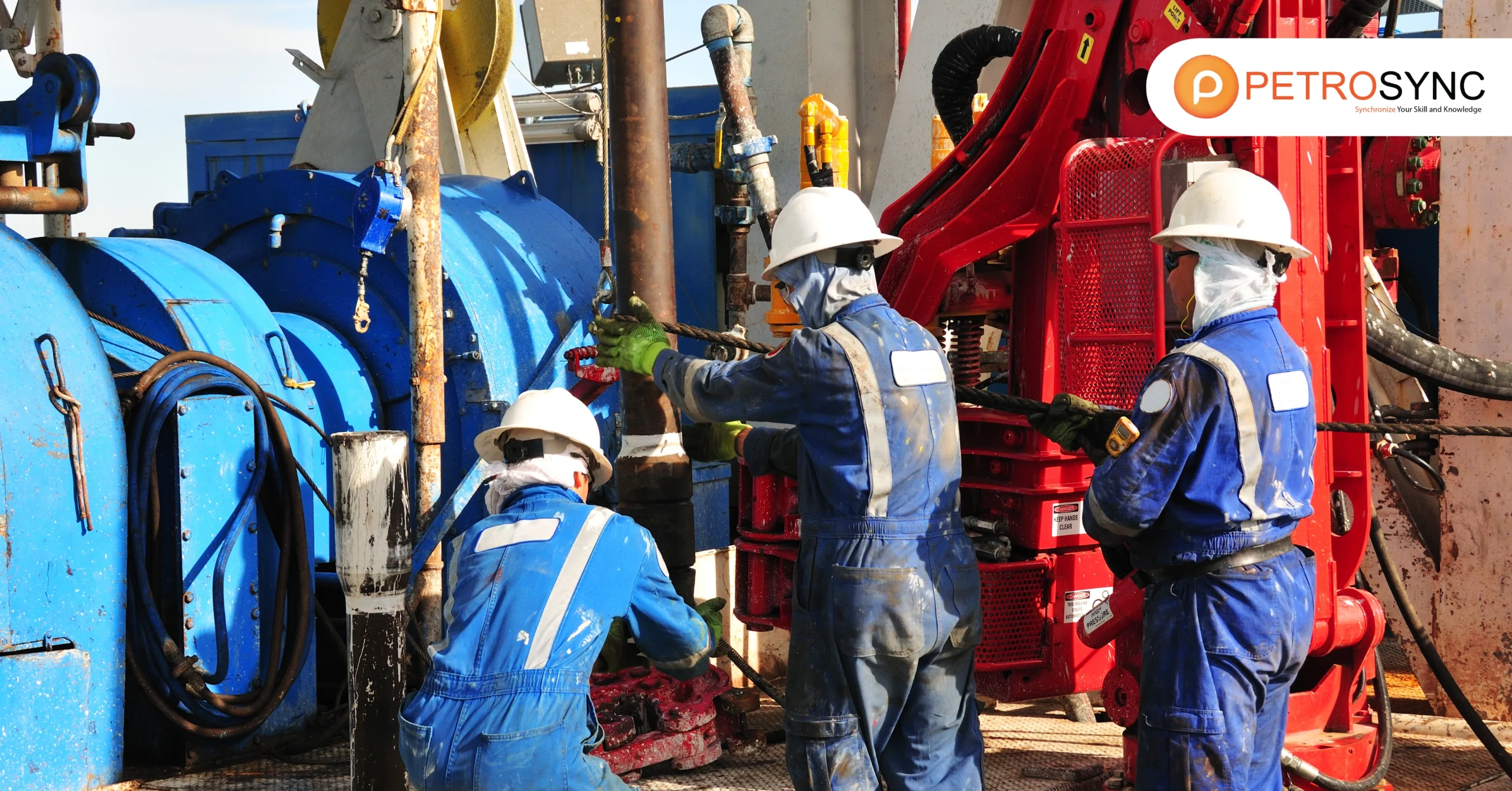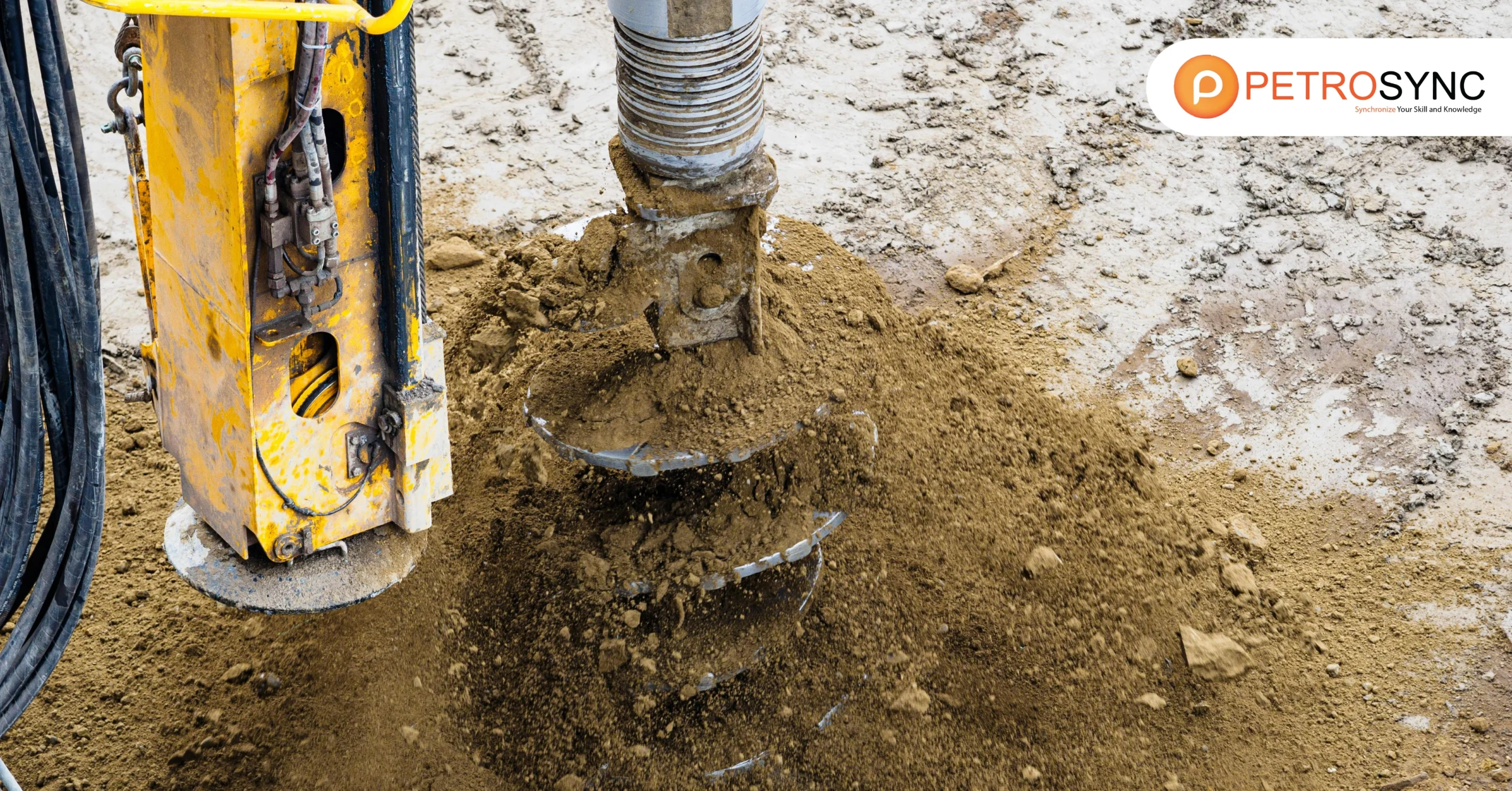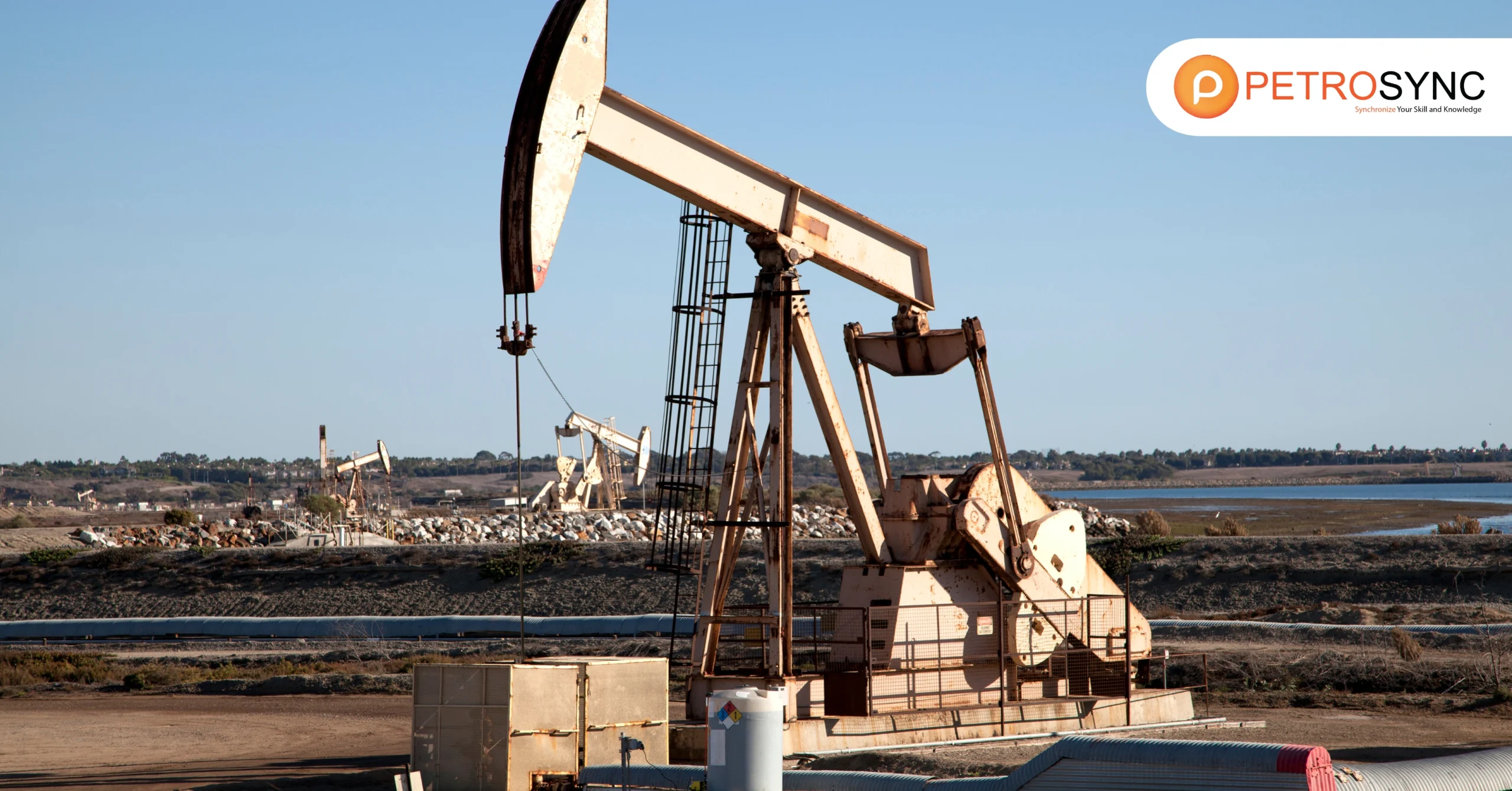In the oil and gas industry, knowing about different aspects of well log interpretation is crucial. One of these aspects is petrophysical parameters. These parameters give important information about underground formations. They help in finding and extracting oil and gas efficiently. In this article, we will explain what petrophysical parameters are and why they matter in the oil and gas industry.
What Is A Petrophysical Parameter?
A petrophysical parameter is a characteristic or property of rock formations that helps us understand their behavior and composition. These parameters include things like porosity, which tells us how much empty space is in the rock, and permeability, which describes how easily fluids can flow through it.
Other petrophysical parameters might include resistivity, density, and acoustic properties. Essentially, these parameters provide vital information about the rocks underground, helping us determine if they contain oil or gas, how much, and how easily we can extract it.
1. Porosity
Porosity refers to the amount of empty space, or pores, within a rock formation. It’s a crucial parameter because it indicates how much fluid a rock can hold, such as oil, gas, or water. Higher porosity generally means more storage capacity for hydrocarbons.
2. Permeability
Permeability measures how easily fluids can flow through a rock. It’s essential for determining how productive a reservoir might be. Rocks with high permeability allow fluids to move more freely, making them easier to extract oil and gas from.
3. Resistivity
Resistivity measures a rock’s ability to resist the flow of electrical current. It’s crucial in determining the presence of fluids within a formation. Different fluids have different resistivity values, so measuring resistivity helps identify the type of fluid present and its saturation level.
4. Density
Density refers to the mass of a substance per unit volume. In petrophysics, it helps determine the composition of rock formations. Different rocks have different densities, and measuring density can provide valuable information about lithology and mineral composition.
5. Acoustic Properties
Acoustic properties include parameters like sonic velocity and acoustic impedance. They’re important for understanding how sound waves propagate through rock formations. These properties help in identifying lithology, porosity, and fluid content.
6. Total Organic Carbon (TOC) Content
TOC content refers to the amount of organic matter, such as kerogen, in a rock formation. It’s critical in shale gas and oil plays because it indicates the potential for hydrocarbon generation. Higher TOC content suggests a more prolific source rock.
7. Mineral Components
Mineral components refer to the different minerals present in a rock formation. Identifying these minerals helps characterize the formation’s composition and understand its properties, such as strength and chemical reactivity.
8. Hydrocarbon Saturation
Hydrocarbon saturation measures the proportion of pore space occupied by hydrocarbons compared to other fluids like water. It’s essential for estimating the amount of producible hydrocarbons in a reservoir. Higher hydrocarbon saturation indicates more significant potential for oil or gas production.
What Is The Use of Learning About Petrophysical Parameters?
Learning about petrophysical parameters is crucial for various aspects of oil and gas exploration and production. Understanding these parameters helps in evaluating the potential of subsurface reservoirs to hold hydrocarbons and in optimizing the extraction process.
By studying parameters like porosity, permeability, and resistivity, geoscientists and engineers can assess the quality and quantity of hydrocarbons present in a reservoir. This information guides decisions regarding well placement, drilling techniques, and production strategies, ultimately maximizing the recovery of oil and gas resources.
Additionally, knowledge of petrophysical parameters aids in reservoir characterization, reservoir modeling, and reserve estimation, providing essential data for economic and operational planning in the oil and gas industry.
What Is A Petrophysical Evaluation?
A petrophysical evaluation emphasizes those properties relating to the pore system and its fluid distribution and flow characteristics, involving analyzing various rock and fluid properties within a reservoir to assess its potential for oil and gas production. This evaluation includes measuring parameters such as porosity, permeability, resistivity, and fluid saturation to understand the characteristics of the subsurface formations.
By interpreting these data, geoscientists and engineers can determine the reservoir’s capacity to store hydrocarbons, its ability to transmit fluids, and the types of fluids present (oil, gas, water). Petrophysical evaluations are essential for making informed decisions about drilling locations, production techniques, and reservoir management strategies in the oil and gas industry.
What Are The Conventional Petrophysical Properties?
The conventional petrophysical properties typically include:
1. Lithology
This refers to the type of rock or its composition, which can vary greatly and influence other properties.
2. Porosity
This measures the amount of empty space within the rock where fluids can reside.
3. Water saturation
This indicates the proportion of pore space filled with water compared to other fluids like oil or gas.
4. Permeability
This measures how easily fluids can flow through the rock’s pore spaces.
5. Thickness
This is the distance between the top and bottom boundaries of a rock formation, which affects its capacity to hold fluids.
Understanding these conventional petrophysical properties is essential for evaluating reservoirs and predicting their behavior during oil and gas exploration and production processes.
In conclusion, petrophysical parameters and properties play a vital role in upstream activities such as oil and gas exploration and production. By understanding factors like lithology, porosity, water saturation, permeability, and thickness, professionals can accurately assess reservoirs and predict their behavior.
The knowledge is essential for making informed decisions about drilling locations, optimizing production techniques, and maximizing resource recovery. Ultimately, a thorough understanding of petrophysical parameters and properties helps in reducing risks, increasing efficiency, and ensuring the success of upstream operations.
PetroSync recognizes the critical importance of petrophysical parameters in the upstream industry. That is why we have included comprehensive coverage of this topic in our Advanced Well Log Analysis & Interpretation training program. Whether you’re a drilling engineer, reservoir engineer, petroleum geologist, petrophysicist, or any other professional involved in upstream activities, this training offers invaluable insights and practical knowledge. By joining this course, you’ll gain a deeper understanding of petrophysical parameters and how to effectively interpret them.
Credit: Vecteezy

SEO specialist by day, fact-checker by night. An avid reader and content writer dedicated to delivering accurate and engaging articles through research and credible sources.






